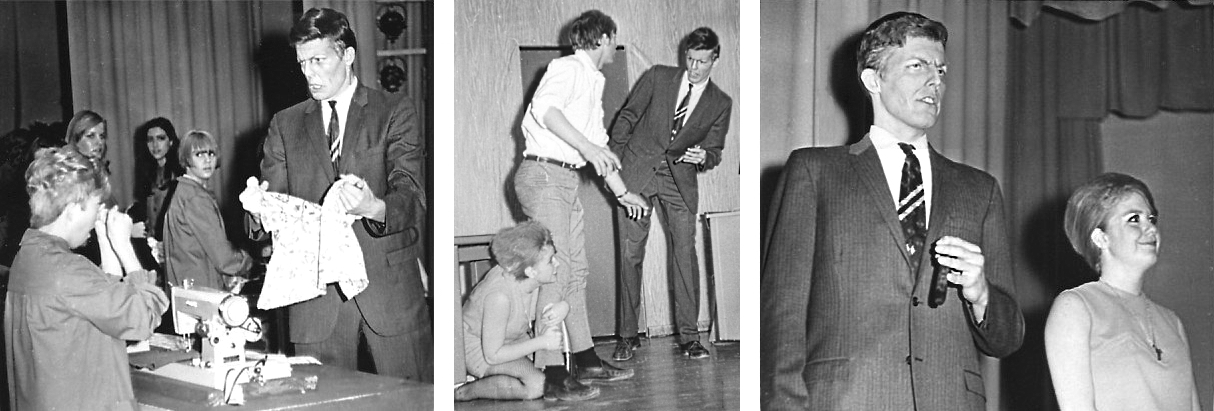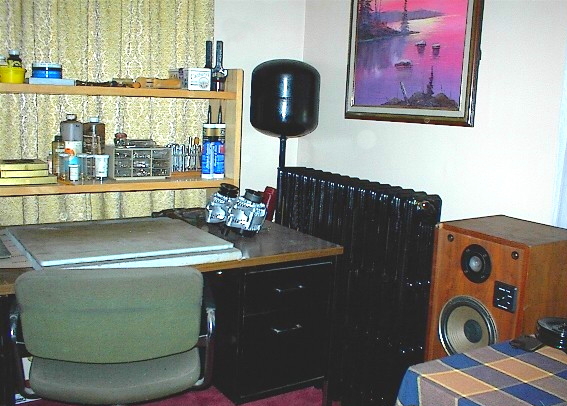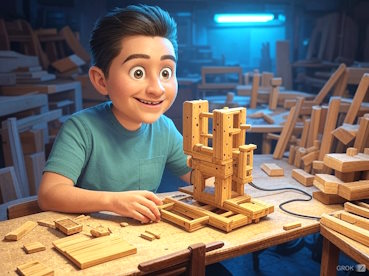
Woburn Collegiate Institute Annie Get Your Gun 1969
Woburn Collegiate Institute Annie Get Your Gun 1969
Woburn Collegiate Institute Annie Get Your Gun 1969
Woburn Collegiate Institute Annie Get Your Gun 1969
Woburn Collegiate Institute Annie Get Your Gun 1969
"The greatest enemy of knowledge is not ignorance, it is the illusion of knowledge."
"To make something from nothing is really something." D. J. Huggett
David attended Woburn Collegiate in Scarborough Ontario in the 1960's, shortly after the school was built. He is #78 (at left), in reverse colours as they ran out of regular uniforms.
David won Woburn's "1969 Public Speaking Contest", played clarinet in the school band and was the rehearsal pianist for the following school productions. Below (in 1968, at 17) Dave played Myron Hasler in "The Pyjama Game".
The next year (1969) David played Chief Sitting Bull in "Annie Get Your Gun". All of the props were real, including the guns, the spear and the knife. The rifles were fired into and above the audience using live blanks in the Annie Oakley versus Frank Butler competition.
While still in high school he built this Dune Buggy in his parents' driveway. It was made from an old Volkswagen with the body removed, the floorpan shortened (14¼") and a fiberglass body installed.
Car enthusiasts may notice the 1965 Chevrolet tail lights, bought from a scrapyard for a dollar each.
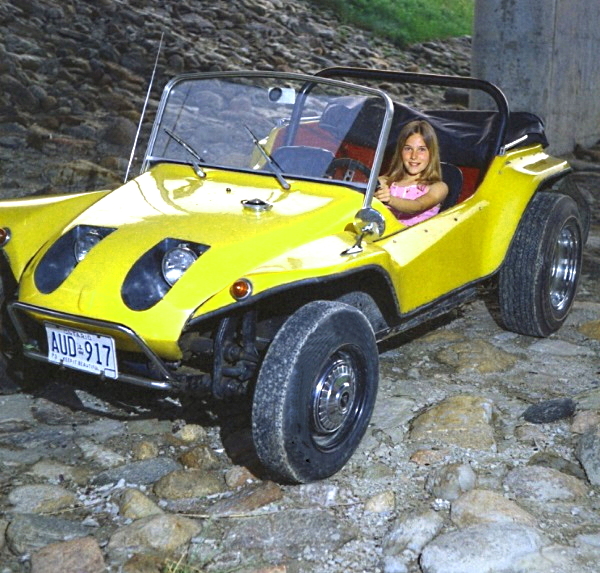
Then he designed and built this VW-Motorcycle. It uses a Volkswagen rear end with the floor pan cut off, leaving the tunnel, and then welded to the front frame of a BSA 441 motorcycle. Surprisingly, (but because of the gear ratios) even with its reduced weight, it seemed to accelerate no faster than a regular Volkswagen.
David with Frances Howes, (yearbook inset) a classmate at Woburn Collegiate. David had just driven her home from school, where her father took this picture.

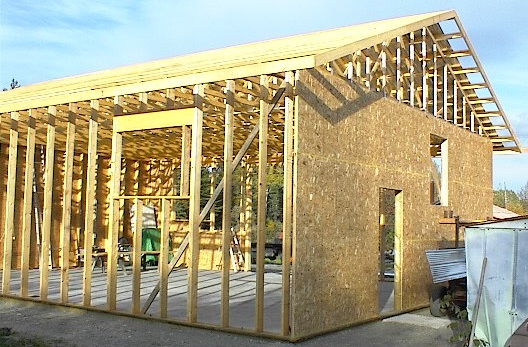

For more Scissor Lift pictures
see the bottom of
My House Construction
page and the
A Windowed Woodshed
page.
In 1978 David designed and built the "World's Smallest" one man dry submarine which was entered in the 1979 Toronto Boat Show. It was nine feet long, two feet wide and made of one inch thick fiberglass, shown on the Building A Submarine page.
This "bat cutter" was cobbled together from scrap wood to easily, quickly and accurately cut insulation bats with the "built in" ruler.
Excavating A Basement
Dave supported this "summer kitchen" addition with two 'I' beams then excavated a ramp to drive underneath with his tractor and backhoe attachment and then excavated a complete basement. Instead of backfilling the ramp, he extended the basement out and built this hydraulic four ton concrete patio shown in the raised position.
This is how he dumped firewood from his tractor's bucket into the basement.
The hot water acts as a "heat sink" which heats the house more evenly and with less firewood. It continues to heat after the fire dies down. The $2.00 bill is for the electricity to run the circulating pump which draws 60 watts and only needs to be on for a few minutes each hour. A two story home may not need the pump at all.
His new house, because of the square open concept, (and ample insulation) heats evenly and entirely with just the woodstove alone, shown on the
My House Finishing page.
"After creating a perfectly working machine, I don't try to see what can be added, but what can be removed."
David J. Huggett
One of the upstairs radiators. Notice the inverted propane tank (with the base and handles cut off). This acts as an air expansion chamber to allow for the different volumes of the heated and cooling water.
David's leather working desk where he made his own belts, wallets, card holders, bicycle saddle bags and many other leather products.
He made the solid maple bookcase at the back from an old maple tree that had been cut down by Ontario Hydro. Then he used his sawmill to make the lumber and his planer to make the finished boards.

Before Smartphones, some cameras had "flip screens" so that you could view yourself (and friends) while shooting.
Dave at 60, with a "Selfie Stick" that he made in the 1970's, long before Smartphones and even the word, "Selfie". It's just a leg from a camera tripod with a (1/4-20)* bolt threaded into the original hole at the leg top and it will fit any camera mount. Of course its length is adjustable and it can even be reinstalled onto the tripod. Although "Mechanical" most 35mm cameras in the '70s had a "self timer" or "delayed action mechanism", needed for a selfie stick.
Dave also used it with his cars. When placed between the brake pedal and the seat, this "adjustable stick" would allow the self bleeding of brakes or for keeping the brake lights on for testing or wiring trailer lights, etc..
* 1/4-20 bolt means 1/4 of an inch in diameter with 20 threads per inch.
"The biggest detractions about what some have done,
come from those who have done nothing." D. J. Huggett
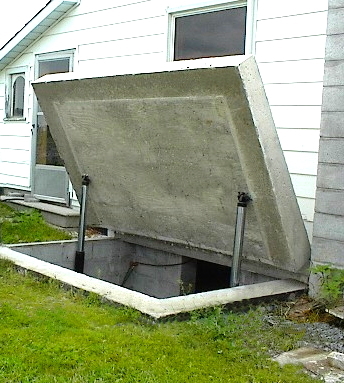
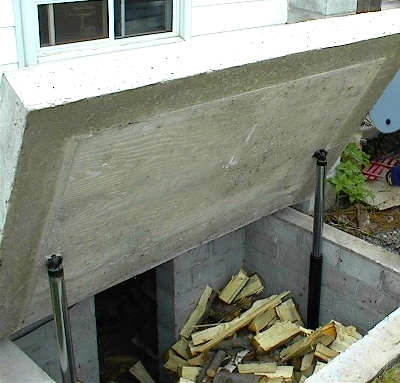
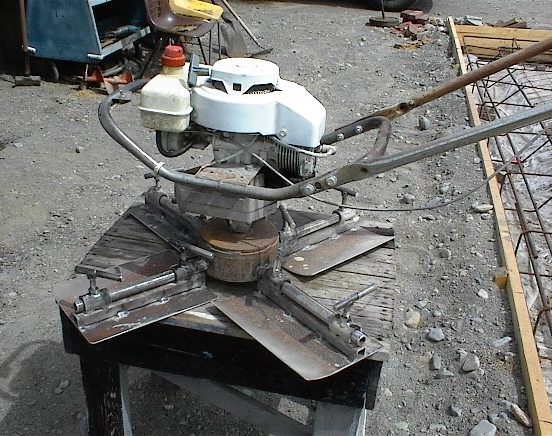
Woburn Collegiate Institute The Pyjama Game 1968
Woburn Collegiate Institute The Pyjama Game 1968
Woburn Collegiate Institute The Pyjama Game 1968
Woburn Collegiate Institute The Pyjama Game 1968
Woburn Collegiate Institute The Pyjama Game 1968
Woburn Collegiate Institute The Pyjama Game 1968
He built this combination garage and workshop entirely by himself using O.V.E.* construction.
That is, the studs, rafters and cripples are all exactly at two foot spacing with a single sole plate and a single header. There are never more than two studs together and then only two, at the windows, doors and corners.
Each piece is necessary and required for structural strength, but adding any more would be redundant.
Note: Under a large opening or a hip roof girder truss, three studs may be required.
* "Optimum Value Engineering"
Woburn Collegiate Institute, Football Team 1967
Woburn Collegiate Institute, Football Team 1967
Woburn Collegiate Institute, Football Team 1967
Woburn Collegiate Institute, Football Team 1967
Woburn Collegiate Institute, Football Team 1967
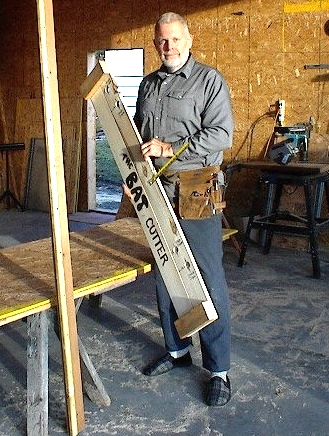
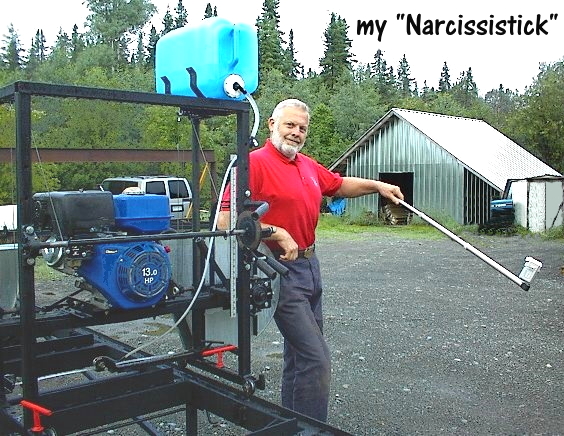
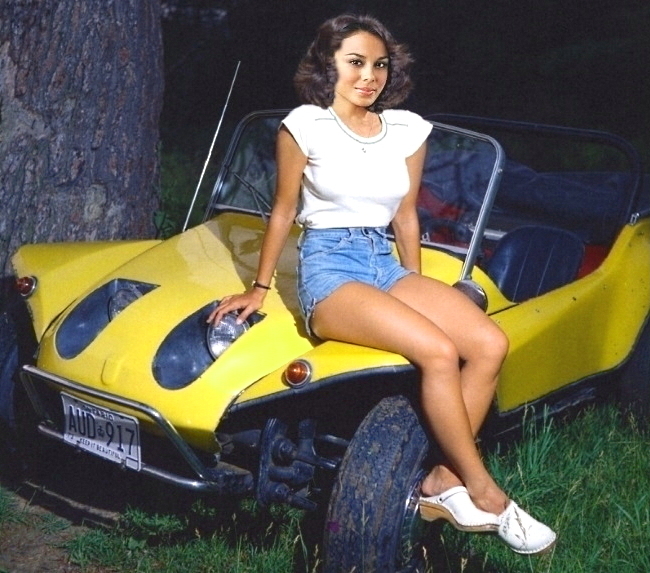

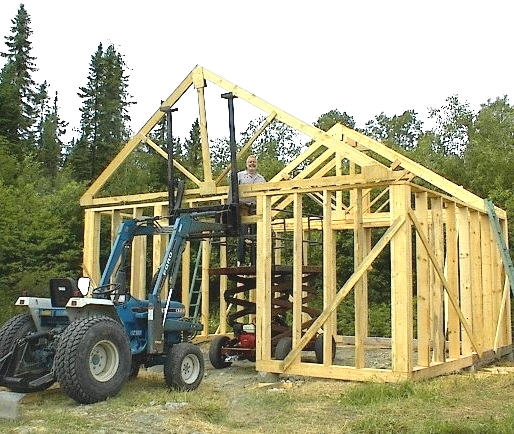
Stephen W. Hawking (1942 - 2018)
Features were a padded seat (old boat cushion) an electric (bicycle) horn, right rear wheel brake and a trunk. Total cost was about $5.00 (for paint and fasteners, etc.).
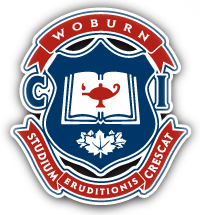
"Studium Eruditionis Crescat"
(Let the Zeal for Learning Flourish)
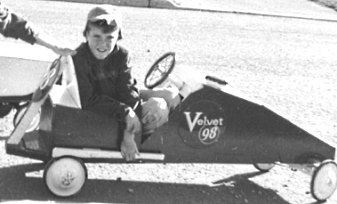
In 1960, nine year old David "helped" his dad build the (88) 'Soap Box Go-Kart' where he is pushing his younger brother Randy. Everything was recycled. The wood was second hand and the wheels were from an old wagon. The steering wheel was from a discarded baby buggy and the plastic numbers were donated by his dad's employer, BA Oil, from old gas pumps.
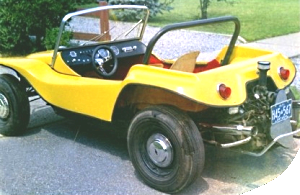
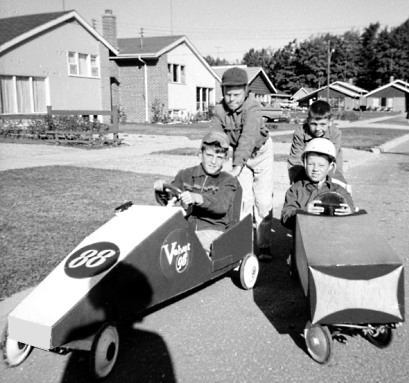


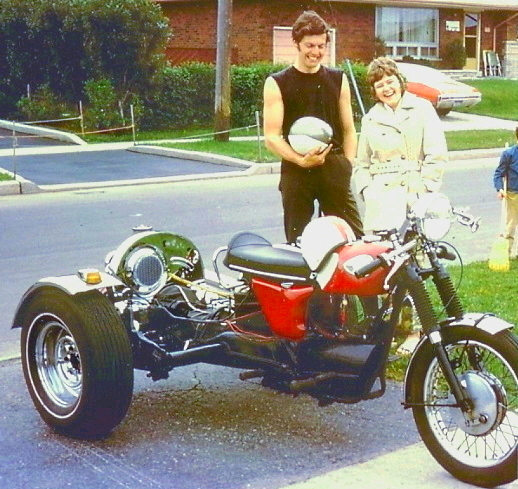
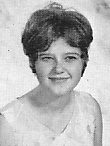


In 1965 at 14, David bent his bicycle's seat post back (after heating it with a torch) and then mounted the seat over the rear wheel. This made it easier to do "wheelies". It wasn't until many years later that the "banana" seat became popular.

